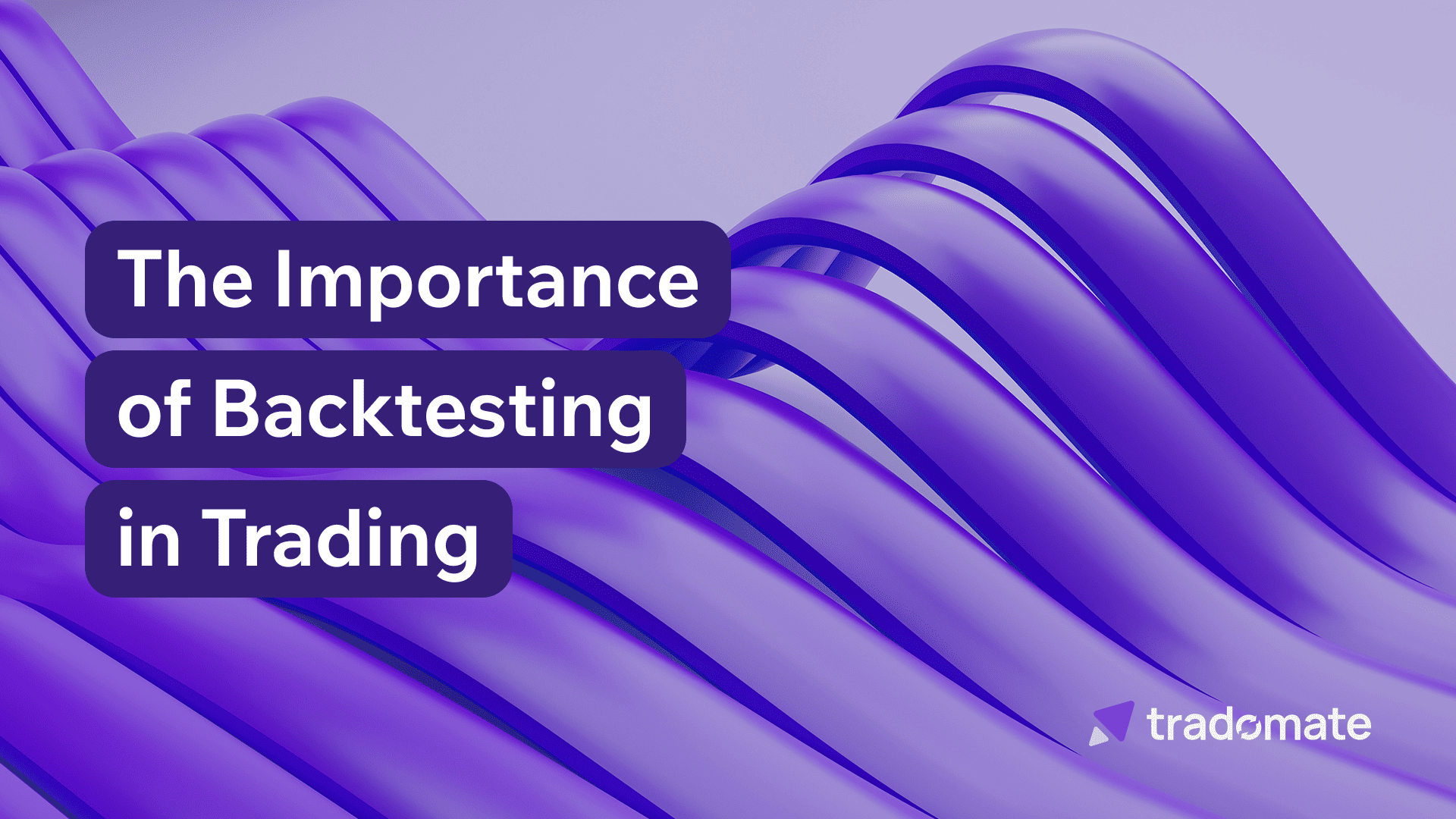What is Bank Nifty - Meaning, Bank List, and Stocks
Understand what Bank Nifty is, its meaning, and the list of stocks it includes. Learn the difference between Nifty and Bank Nifty and how to invest in it effectively.


If you’ve ever followed the stock market, you’ve likely come across this term. Bank Nifty, officially known as the Nifty Bank Index, is one of the most actively traded indices in India. It shows how the country’s leading banks are performing on the National Stock Exchange (NSE).
In this article, we’ll explain what Bank Nifty is, its meaning, constituents, and important stocks, the Bank Nifty bank list, and the difference between Nifty and Bank Nifty. We’ll also discuss how to trade Bank Nifty, key factors that affect its movement, and how Tradomate helps traders make smarter, data-backed decisions.
Bank Nifty’s meaning is quite simple. It is a stock market index that tracks the performance of the top banking companies in India. It consists of the 12 most liquid and large capitalized Indian Banking Stocks listed on the National Stock Exchange (NSE).
Just like the Nifty 50 shows the top 50 companies in different sectors, Bank Nifty focuses only on the banking sector. The index helps investors and traders understand the current health of the banking industry in India.
For example, if Bank Nifty goes up today, it means that the banking stocks are performing well. On the other hand, if Bank Nifty goes down, the banking sector is facing some troubles.
Many people get confused between Nifty Bank and Nifty 50. The simple answer is:
The key difference between Nifty and Bank Nifty is as follows:
| Feature | Nifty 50 | Bank Nifty |
|---|---|---|
| Sectors Covered | Multiple sectors (IT, FMCG, Energy, etc.) | Only Banking Sector. |
| Number of Stocks | 50 | 12 |
| Purpose | To represent overall market trends. | To represent the banking sector’s performance. |
| Volatility | Less volatile | More volatile |
| Ideal For | Long-term investors. | Traders and short-term investors. |
Because Bank Nifty has fewer stocks and focuses on one sector, its price moves more sharply. Traders prefer Bank Nifty stocks to make short-term profits due to these big price swings.
The Bank Nifty bank list is made up of 12 key banks that represent the strength of India’s banking industry, which comprises 79.07% private sector banks, 17.9% public sector banks, and 3.03% other banks as per data as on 31st October,2025.
The below are the constituents and important stocks of Bank Nifty:
These banks are carefully selected based on their market capitalization, liquidity, and overall performance. Whenever these banks perform well in the market, the Bank Nifty index goes up.
The Bank Nifty index is not just a collection of stocks; it is a key market indicator. Here’s why it matters:
In short, if you’re into short-term market trading, understanding Bank Nifty is essential.
Trading Bank Nifty offers multiple opportunities, from intraday trading to short-term derivatives trading. Let’s look at some popular ways to trade the index.
Bank Nifty Futures are contracts that allow traders to buy or sell the index at a fixed price on a future date. Futures trading is popular because it lets traders take large positions with limited capital through margin trading.
Bank Nifty Options give traders the right (but not the obligation) to buy or sell the index at a predetermined price. It is a common way for traders to hedge their risk or speculate on short-term price movements.
Exchange-Traded Funds (ETFs) that track Bank Nifty can also be traded like regular stocks. They move in line with the index and are suitable for traders who want exposure without trading futures or options directly.
Experienced traders also track Bank Nifty stocks individually to identify which banks are leading or dragging the index. It helps in predicting potential breakouts or reversals.
Several factors influence Bank Nifty and its constituent stocks:
Interest Rate Changes: RBI’s monetary policy decisions have a direct impact. Higher rates may slow lending and hurt banks, while rate cuts often boost stock prices.
Economic Growth: When GDP and industrial activity rise, banks lend more, leading to higher profits and stronger Bank Nifty performance.
Credit Cycles: During lending upcycles, banks grow faster with higher credit demand. In downcycles, rising NPAs (non-performing assets) and slower credit growth can negatively impact Bank Nifty stocks.
Government Policies: Banking reforms, capital infusion plans, and merger announcements affect sentiment and stock movement.
Global Events: International market movements, inflation, and currency fluctuations can influence banking stocks.
Quarterly Earnings Reports: Strong profits and lower NPAs usually boost Bank Nifty, while weak results push it down.
The advantages of trading Bank Nifty are as follows:
The following are some risks associated with Bank Nifty investing:
Good risk management and backtesting your strategy are key before entering a Bank Nifty trade.
Trading Bank Nifty requires strategy, timing, and discipline. Tradomate helps you trade smarter by simplifying every step of the process.
Tradomate allows traders to screen Bank Nifty stocks, track their movement, and identify strong trading setups. You can instantly filter opportunities based on volume, price movement, or trend direction.
With Tradomate, you can design a strategy that fits your trading style and test it using real historical Bank Nifty data. Backtesting helps you understand how your plan would have performed in different market situations before you risk real money.
Tradomate offers automated tools and alerts so you never miss a trading opportunity. Whether you’re tracking Bank Nifty Futures, Options, or specific banks like HDFC or SBI, you’ll get real-time updates for quick decisions.
Effective trading isn’t just about profits; it’s about protecting your capital. Tradomate helps you manage risk by setting clear stop-loss levels, analyzing trade performance, and maintaining discipline across every trade.
Trading Bank Nifty can be unpredictable, but with Tradomate, you’re never alone. The platform guides you from screening to execution with a data-backed approach. It’s not just a tool, it’s your trusted trading companion.
Start your trading journey with confidence at Tradomate today!
Understanding what Bank Nifty is, its meaning, constituents, and important stocks gives traders a strong edge in the market. With the right strategy and tools, Bank Nifty trading can offer excellent opportunities for short-term gains.
By combining market insights with smart technology, Tradomate helps traders plan better, test better, and trade better.
If you’re ready to trade smarter, not harder, explore the power of Bank Nifty with Tradomate today.
To know more, explore the Tradomate expert blog section!
Other blog articles



Start your seamless trading journey now and experience the power of our comprehensive trading solutions.